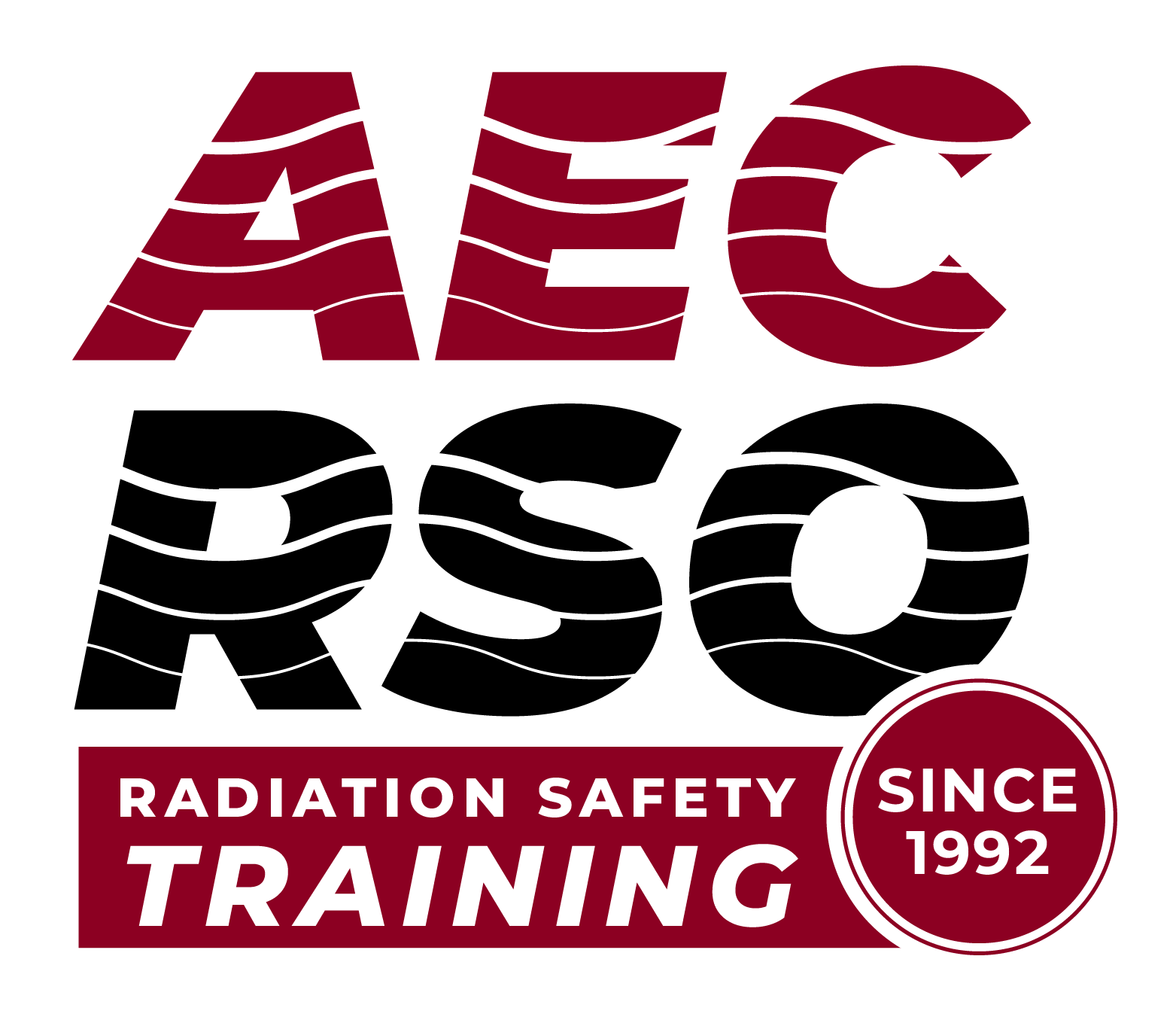TOPIC 5: Types of Biological Effects the Cell
Let’s explore types of biological effects – the cell.
—
Our bodies are made up of cells. As ionizing radiation penetrates through the body, it encounters cells.
Sometimes, the ionizing radiation will encounter the DNA within the nucleus of the cell.
—
We’ve mentioned DNA before, but let’s look into it further. DNA is the body’s roadmap. It is molecular basis of heredity in organisms. Every creature has unique DNA. DNA is constructed of two molecular chains in a double helix geometry held together by hydrogen bonds. The base pairs project inward from the two wound chains and contain alternating links of deoxyribose (sugar) and phosphate. The sequence of sugar/phosphate/base (nucleotide) groups, are known as genes. This determines all hereditary characteristics of the organism – such as hair color, eye color, skin tone, size of the nose, ears, etc.
DNA resides within chromosomes. Damaged DNA results in a damaged cell. Growth of these damaged cells creates cancers.
—
When radiation impacts water molecules, it can create ionizations that generate free electrons and free reactive chemical radicals, H+ and OH-, that can form into other chemicals, such as hydrogen peroxide, H2O2 . Hydrogen peroxide is an oxidizing agent – which simply means it’s a poison to the cell.
—
Radiation can damage the DNA through two different actions – direct and indirect.
—
What does direct damage mean…
The radiation can slice through the double helix of the DNA and cause direct damage. Direct damage is also caused by ejected electrons as secondary ionizing radiation. This is a physical process. Once the DNA has been damaged, repair enzymes are released. If the damage is minor, the repairs are generally 100% successful. The more severe the damage, the more likely the DNA cannot be repaired.
—
Our cells are made up of a majority of water. Even if the radiation does not hit the DNA directly, it is more possible that a water molecule is impacted. When a water molecule is impacted by radiation, it can disassociate into free ions, some of which may recombine into new molecules. A free chemical radical is a fragment of a compound or an element that has an unpaired electron. These free chemical radicals are very chemically reactive and can attack DNA molecules. Remember our discussion about hydrogen peroxide earlier? Damage occurs, and the body responds by initiating its own repair mechanisms. The body’s ability to repair this kind of damage is very good, but not perfect.
The lesson to learn here is that free radicals can indirectly cause damage to DNA.
—
The body, and hence cells, are constantly being attacked by the environment. The foods that are eaten, the liquids that are consumed, and the air that is breathed all contain chemicals and radioactivity that cause damage to cells and DNA. Cells have a wonderful mechanism to repair damage. In addition, the cells in your body are continuously renewed. You have so many cells in your body that billions of cells simply die from old age or are destroyed daily, and new cells are produced to replace them. Cells have variable lifespans. Cells that make up the lining of your mouth and those in your intestines only live a few days. Skin cells live about a month and red blood cells live about three months. As you can see, radiation impacting your body this year will not hit the same cells as the radiation from last year.
—
In review, Cells have a wonderful mechanism to repair damage.
Cells have variable lifespans and Cells are continuously renewed.
—
Before defining risks from radiation, here are some values of doses that are received.
The high cancer therapy dose is intended to be lethal; not for the patient, but for the cancer cells. The goal is to spare healthy tissues while targeting the cancer. But you just can’t avoid some unintentional dose to non-cancerous cells. That dose is justified because it is a life-saving effort. Of course, that unintentional dose carries its own risk of long-term effects, like starting another cancer. Remember, the doctor is in a race to kill the cancer before the cancer kills the patient.
We have already seen that the LD50 is about 350 rad (350,000 mrad) for a whole body dose..
A whole-body dose of 12.5 rem only increases your risk of getting a fatal cancer by 1%. However, the dose limits for both radiation workers and members of the public are set far below this level.
